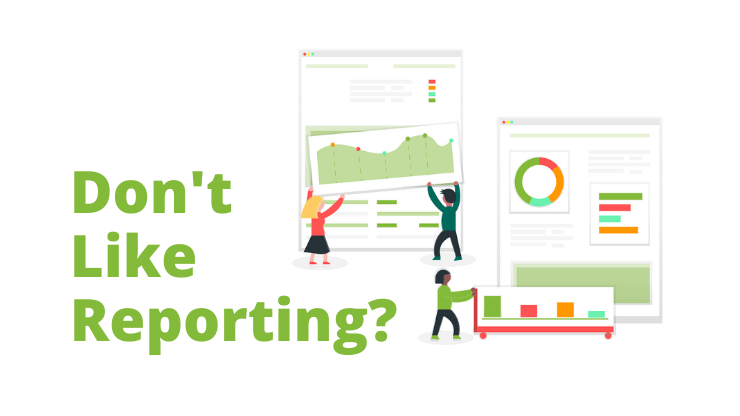
An LRS is a key element of any Experience API ecosystem, you need it to store interaction data. The biggest question arises here is Why I Need an LRS?
This is the most common question asked by everyone who is getting started his journey in the xAPI field.
If you’re also asking the same question? Then you’re on the right track. So here are the reasons why you need it.
1. A Key Element
As I mentioned above, the Learning Record Store is a key component of any eLearning ecosystem. You have to use it, to receive and store experience data.
Here, the question is turned towards xAPI? Now you should ask why you need xAPI and LRS? The answer is in the next point.
2. A Storage for Interactions
If you’re moving towards xAPI, it means you’re getting into deep analytics and big data. The interaction data is coming from various sources like your course material, games, simulations, social sites and interactions on your website or mobile app.
Here is an example of a learning activity outside an LMS
You asked your learners to do a tweet on Twitter with your preferred #hastag after completion of the lesson.
Can you imagine? you can get reporting data on what your users are posting on Twitter with your preferred #hastag. Also, you can see which user did the tweet and a lot more information. Check how we’re tracking tweet data in LRS.
Now you know that you can collect this kind of interaction data and store it in LRS. This facility is not available with your traditional LMS.
3. Full control over data
The xAPI specs ensure you’re to get full control over your learning data, you can download it and use it as per your need.
The traditional LMS provider holds control over data and you cannot get it. If you’re getting this data but you have to share control with others.
Also, you get the option of installable LRS, which means you can install it on your own server to get complete control on LRS and data.
4. Rich Reporting and Visual Analytics
The basic task of any LRS is to just store data, but now most of the LRS vendors provide visual analytics. This presents LRS as a visual reporting system, where you can check what is going on with your content.
Also, you can see some prebuild studies on the data coming into your LRS. Which makes it super easy to understand the performance of the users and the content too.
5. Connects with other tools
Most of the available LRS provides integration with different useful tools and CRM. Also, you can find integration between LRS and powerful business intelligence tools like POWERBI.
If you’re not getting an integration, you can directly connect the BI tool with database or export data from LRS and load it into your BI tool for analysis.
Learn More: 7 Key Benefits of the Learning Record Store
Conclusion
All the above points focus on the need for a huge amount of data and getting useful reports from that incoming data. Also, security and control over this data are the main aspects of the LRS and xAPI.
If you want to understand what your learners are doing with content and outside the LMS, you can look into xAPI and LRS for this solution.
Tell what you think, about xAPI and LRS in the comment section. For more latest and quick updates follow us on Facebook, Twitter, YouTube, and LinkedIn.

You could do an article on how to connect Microsoft PowerBI and Grassblade LRS? I am interested in an API connection rather than exporting data through a CSV.
Hi Oleg,
I was able to pull data from the LRS via xAPI to PowerBI. However, it was able to fetch only 500 records. I can manually change that limit in LRS to fetch more statements, but to how much? 10,000? 100,000? 1,000,000? It is a tough question.
If you are using self hosted LRS, you could probably connect directly to the database via MySQL connection. And that might be more efficient.
Pankaj